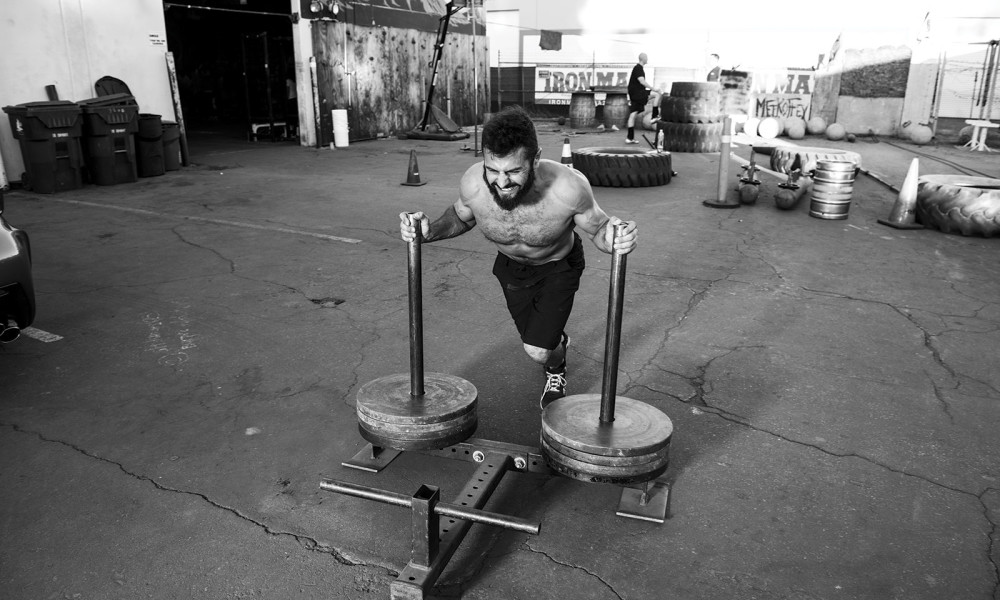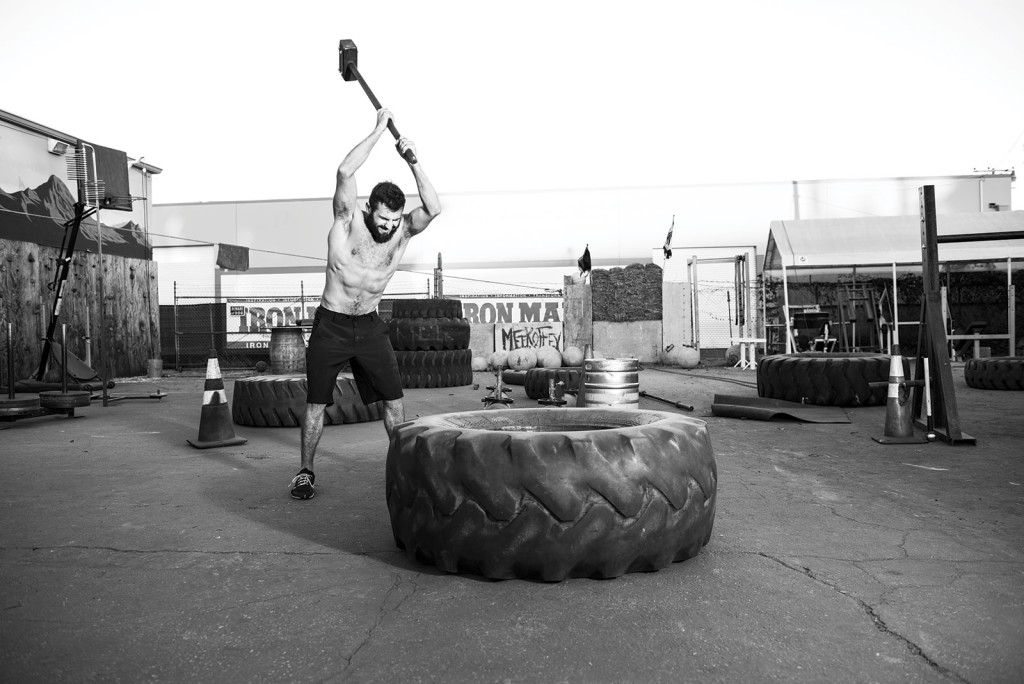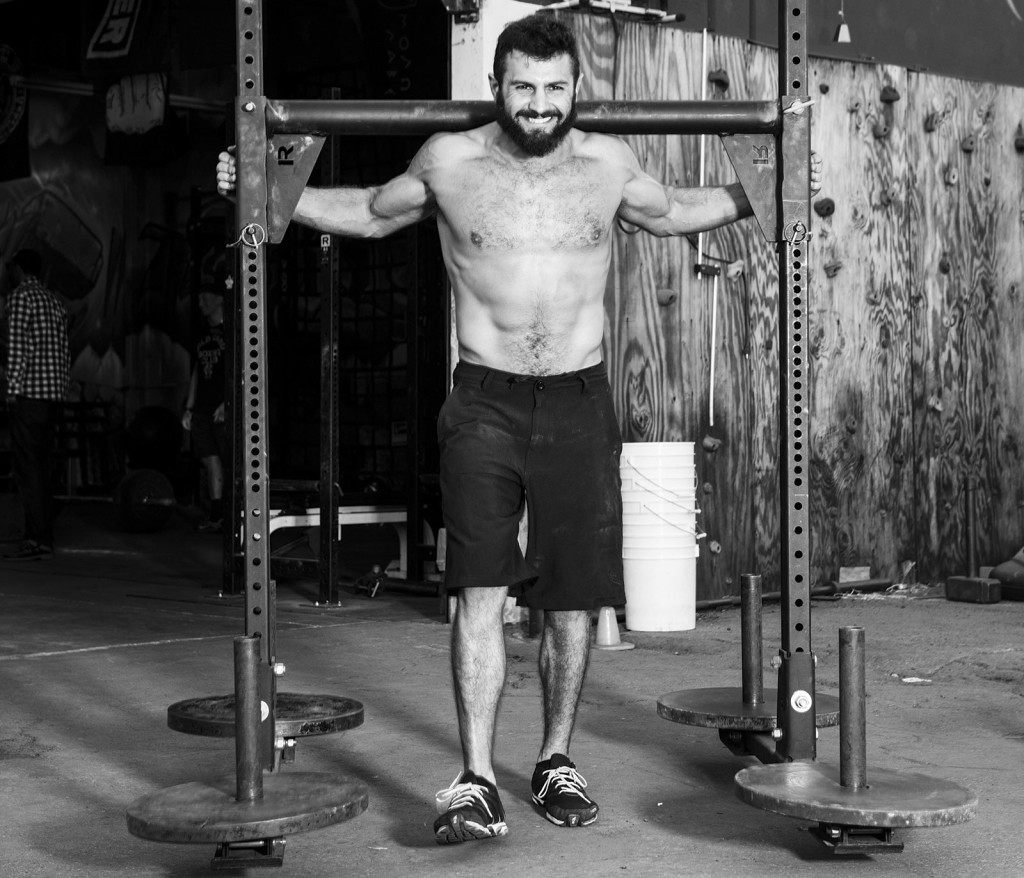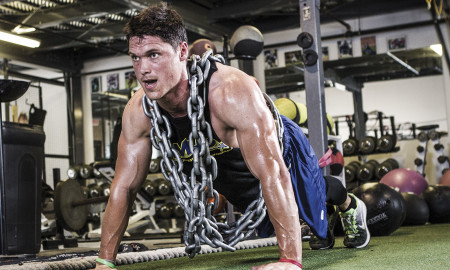

There’s a popular stigma that exists about cardio within the strength communities. The fear is that any and all cardio will consume too much readily available glycogen, therefore compromising one’s ability to produce true maximal efforts. (Like glycogen is some magic resource we can’t replenish. More pasta, anyone?) While the consumption of glucose during physical exercise is somewhat of a legitimate concern, people also seem to forget all the benefits that that even just a little cardio can provide, especially to those who weight train. Let’s dive into the benefits of cardio for the weightlifter/strength athlete and see if the positives outmatch the negatives.
First and foremost, it’s important to distinguish what type of cardio we’re talking about: anaerobic or aerobic. Both have their individual benefits but present a very different effect on the body. Aerobic cardio is probably the most criticized of the two because of its lack of explosive demand. But even modest aerobic training has its benefits. Aerobic cardio helps condition the body to work for a long steady period of time. Where might that fit into weight training, or maybe its competitions? The duration of most weight/strength competitions (like Olympic weightlifting, powerlifting, CrossFit, or strongman) usually lasts an entire day. Never do you just show up, throw down some big-ass lifts, and peace out like you’re John Wayne riding off into the sunset. Most of it is you sitting, stretching, and waiting while trying to time your nutrition and caffeine intake. Strength meets take a while: warm-ups, the lifts of your competitors, your lifts, rest between events, more warm-ups, more waiting for your opponents, more lifting of your own. It’s a process. So why not train your body to be comfortable working for long periods of time? Rather than sticking to the mindset of “got to get my training in and out of the gym in 45 minutes or less,” put in the long hours and get your body used to the extended rigors so you aren’t such a wreck (physically and mentally) by the end of competition day.
In last month’s issue, we touched upon the concept that anaerobic training translates aerobically but the inverse does not apply—in other words, how strength athletes are able to do endurance work better than endurance athletes can do strength work. With that said, it’s clear that anaerobic cardio is more applicable for a strength-training athlete than is aerobic cardio. For starters, it teaches your body to fuel itself over long durations. During that work/rest relationship, your body is going to release nutrients into the blood stream to better fuel performance. Aside from nutrients, your body also uses oxygen to aid in recovery. ATP is regenerated during the rest between maximal sets. Therefore, the rest in anaerobic cardio is just as important as the work itself. Oxygen also plays an important factor in the dissipation of lactic acid buildup. And the easier it is for oxygen to travel through your body, the easier it is to get rid of the lactic acid buildup you feel at the end of those high-rep sets.

This brings us to the most important aspect of cardiovascular training, especially for strength athletes: blood flow. (This is where I’d make some joke about erections, but I won’t because I’m a gown man and a professional. Boners.) Both types of cardio help improve blood flow, as it’s a natural vasodilator and, therefore, with increased blood flow comes increased oxygen. Veins widen in size due to increased blood flow, similar to the way expanding a freeway an additional lane allows for more cars. Now this “traffic” (our blood) carries nutrients throughout our body. These nutrients give us energy and help us recover. The oxygen carried by our blood does the same thing, bringing energy and expediting recovery. These reasons alone should be enough to convince a weight-training athlete that cardio does have an extremely valuable place within their programming.
Let’s look at some other benefits that
cardio (especially anaerobic cardio) will provide for a strength athlete:
• Improved blood flow will improve recovery time between sets and will improve
recovery time between training sessions.
• Cardio helps control body-fat levels—
especially when talking about the work/rest relationship of anaerobic cardio.
• Learning how to explode (work), then rest, then work, then rest, teaches the body how to groom more readily available energy for maximal efforts.
• Regular cardio reduces cortisol levels, as the body becomes more accustomed to the demand placed on it.
• Consistent cardio training improves
overall work capacity. Being able to do more work within a workout, leads to
faster improvement.
The bottom line is that while cardio may present a cost of eating up glycogen, its numerous benefits certainly outweigh the few reasons to avoid it. Cardio can provide a great benefit of recovery and overall health for weight-training athletes. Don’t be one of those lazy “athletes” who refuses any and all cardio. IM

Killer Cardio
Cardio workouts don’t have to be long and mind-crushingly boring. There are several different modalities that one can perform to not only provide them with a cardiovascular benefit, but also strengthen their weight-training endeavors. Here are a few examples of the cardio routes that members of Metroflex LBC perform.
Yoke: This is a great accessory for building a big squat. Load up weight on your back far beyond what you could physically squat, and then take it for a walk.
Sled Walk: A high-volume, eccentric-only movement that pumps tons of blood into your lower body, this is a shortcut to big, powerful legs. It’s a great way to simulate climbing vertical feet (up a hill) when you’re stuck in the city.
Farmers Carry: A deadlift accessory that strengthens both grip and core.
Prowler Sprint: Heavy or light, the Prowler should always be pushed at maximal effort. Builds explosiveness in legs, hips, posterior.
Sledge Hammer Strike: A dynamic movement in the shoulders that incorporates lots of core stability. Excellent when paired with another core movement.
Loaded Running: This is simply running with a heavy object. It can be a weight vest, a log, a kettlebell (or two), or even a sandbag. We usually keep the object above the chest line and force ourselves to maintain a running stride as best
as possible.






















You must be logged in to post a comment Login